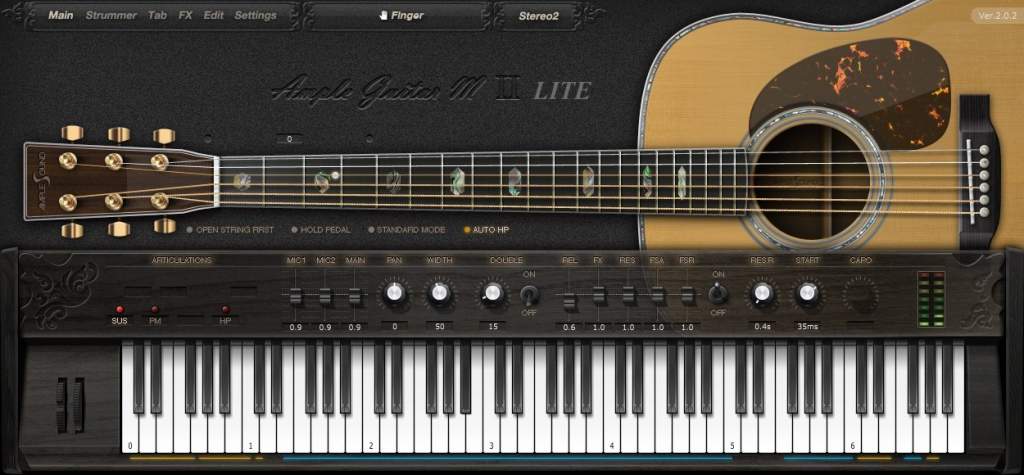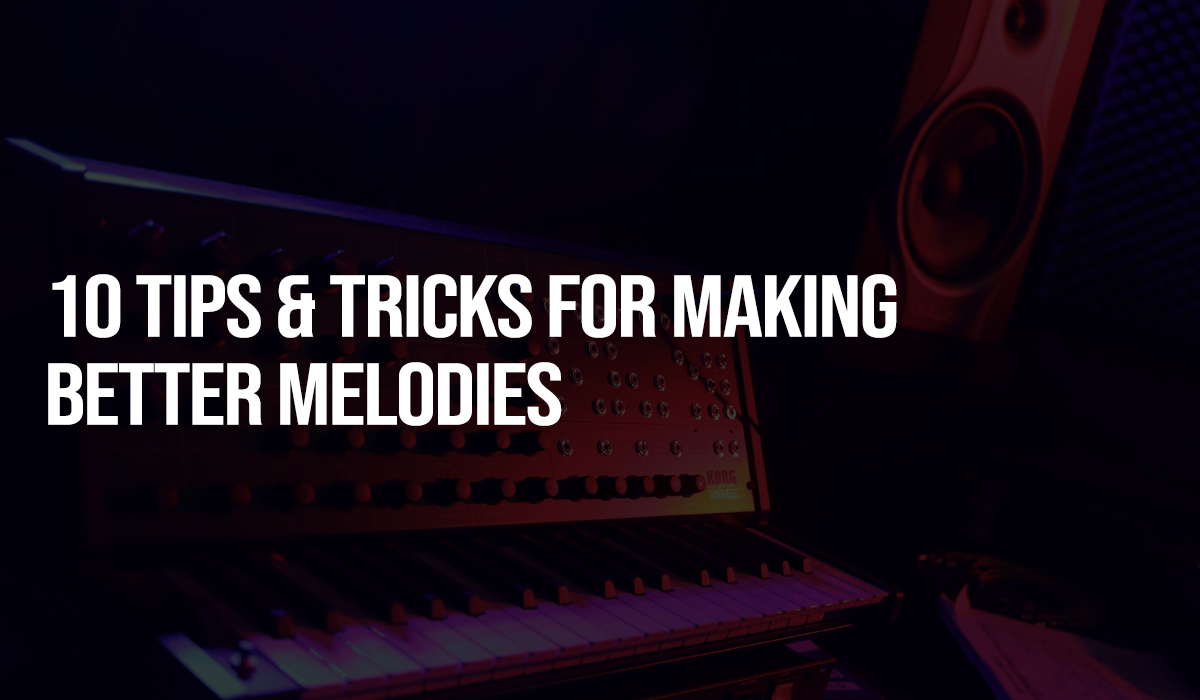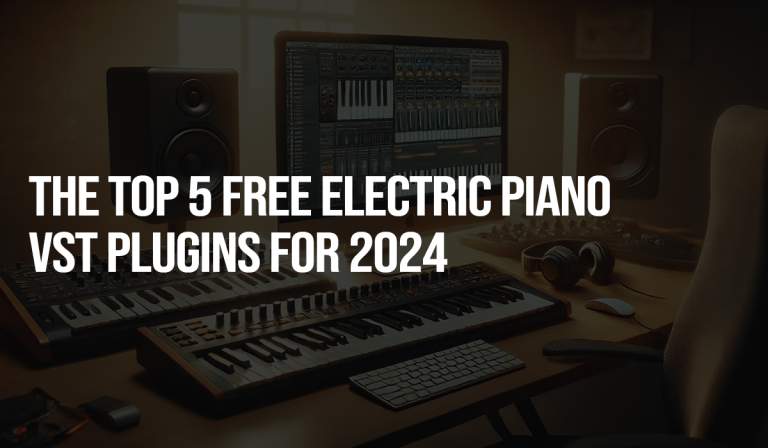Creating captivating melodies is a cornerstone of any successful music producer’s journey. Whether you are crafting catchy hooks or intricate instrumental pieces, your melodies set the tone for your entire track. In this guide, we’ll walk you through ten essential tips to take your melodic compositions to the next level. Let’s dive in!
Understanding Note Relationships
The foundation of any great melody starts with knowing what notes work well together. If you’re aiming for a dark, moody melody, using a minor scale will help create the desired atmosphere. Adding tension can enhance the effect by leveraging half-steps within the scale. On the other hand, when creating emotional or uplifting melodies, choosing notes that evoke those feelings is key.
Over time, with practice and experience, you’ll develop an intuitive sense for which notes resonate well together. The goal is to continually build on what you learn from previous compositions and apply those lessons to new beats.
Mastering Frequency Ranges
Each instrument occupies a unique spot within the frequency spectrum. A well-mixed melody ensures different elements don’t clash. For instance, if your piano covers the mid-range frequencies, a bell could occupy the higher range, while a sub-bass fills the lows. Utilizing EQ to carve out space for each element ensures clarity and prevents a muddy mix.
This understanding of frequency ranges is crucial for crafting balanced melodies that don’t compete for space, but rather complement each other harmoniously.
Keeping Melodies Roomy
Overcrowding a melody can lead to an overwhelming and muddy sound. Instead, consider leaving gaps within your melodic structure. For example, in an eight-bar loop, you might introduce a melody for the first two bars, leave the next two bars open, and bring in another melody afterward. This technique creates space, allowing melodies to play off each other and breathe.
Getting Comfortable with VSTs

Your musical ideas are only as good as your ability to translate them into sound. Spend time mastering the virtual instruments (VSTs) at your disposal. Experiment with different knobs, parameters, and presets until you are fully familiar with each tool’s capabilities. When you know your VSTs inside-out, you can quickly find the perfect sound to complement your melodies.
Drawing Inspiration from Other Producers
Taking inspiration from other producers is a powerful way to learn new techniques and evolve your own style. Watch tutorials, collaborate with peers, and study popular tracks. Think of your musical journey as building a sandwich: you might love one producer’s bassline, another’s drums, and someone else’s vocal effects. By borrowing elements and making them your own, you develop a unique sound.
Stepping Out of Your Comfort Zone
If you find yourself making the same type of beats over and over, it’s time to switch things up. Experiment with different genres, tempos, or even production styles. Surround yourself with music that challenges your norm, and collaborate with artists who push you creatively. This will keep you motivated and help you break free from repetitive patterns.
Rendering Melodies to Audio Clips
Converting MIDI melodies into audio clips opens up a world of creative possibilities. Once your melody is rendered, you can reverse, pitch-shift, stretch, or chop it. These techniques give you a fresh perspective and add unique textures to your compositions.
Investing in a MIDI Keyboard

A MIDI keyboard offers tactile control and can bring your melodies to life in ways that clicking notes on a piano roll simply cannot. Once you’ve gained some experience in music production, consider adding one to your toolkit. It’s an invaluable way to experiment with chord progressions, explore new ideas, and overcome creative blocks.
Staying Inspired by Listening to Varied Music
To keep your creativity flowing, expand your listening habits beyond your main genre. If you produce modern trap, try listening to soul, jazz, or even folk music. Exposure to different instruments, styles, and arrangements will refresh your ears and inspire new ideas.
The Power of Practice
Nothing beats consistent practice. All the tools and knowledge in the world won’t help if you don’t put in the work. Make beats regularly, experiment fearlessly, and learn from every experience. With dedication, you’ll steadily improve your melodic craft and find your unique voice in the music world.
Using Slooply’s Song Starters to Overcome Beat Block

On Slooply.com, you can explore hundreds of song starters designed to jumpstart your creativity when facing beat block. In music production, a song starter is a pre-made loop or sample pack that provides a foundational idea, such as a melody, chord progression, or rhythm, serving as a springboard for your track.
Beat block—a creative slump where producers struggle to come up with new ideas—is a common challenge in music-making. Song starters offer a way to break through this barrier by providing an initial creative spark. This allows producers to build upon ready-made elements, kickstarting their workflow and helping them rediscover their inspiration.
Conclusion
Creating better melodies takes a combination of skill, creativity, and persistence. By following these ten tips, you’ll not only hone your craft but also stay inspired and motivated to push the boundaries of your music. Remember, the journey to mastering melody-making is ongoing—so keep learning, keep practicing, and most importantly, keep creating!











